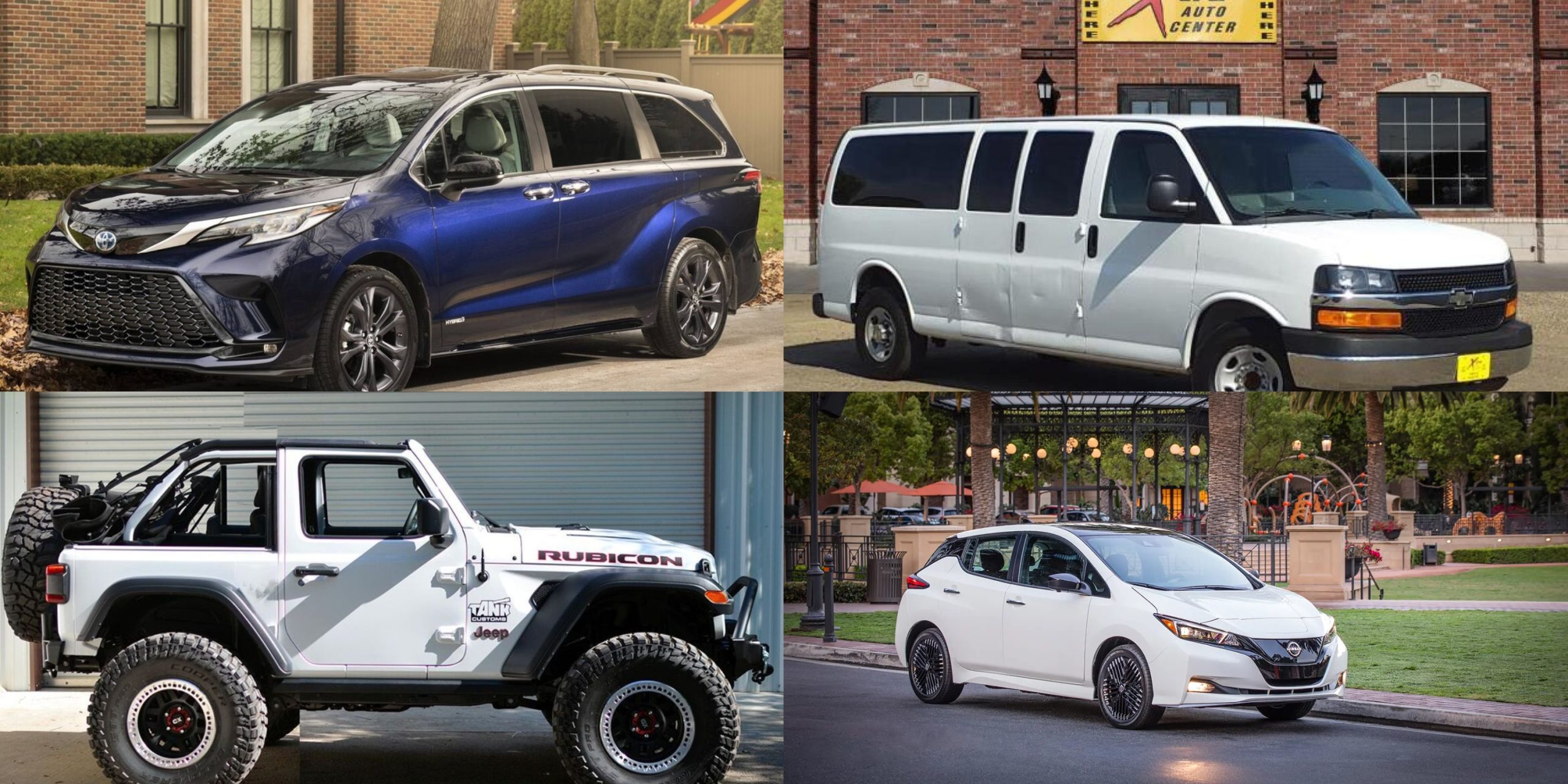Whether you’re an experienced van lifer, a weekend warrior, or just dreaming of hitting the open road, the vehicle you choose can make or break your trip.
Some rides are perfectly suited for transforming into cozy, functional campers, while others might leave you cramped, stressed, or constantly searching for charging stations.
In this article, we’ll take a look at five vehicles that shine as campers and five that are better left in the driveway when it comes to road trips. From versatile vans to city cars that don’t cut it in the wild, here’s the breakdown to help you choose wisely for your next adventure.
Also Read: 10 Cars You Can Pass Down to Your Kids That Are Safe, Practical, and Built to Last
Vehicles That Make Excellent Campers
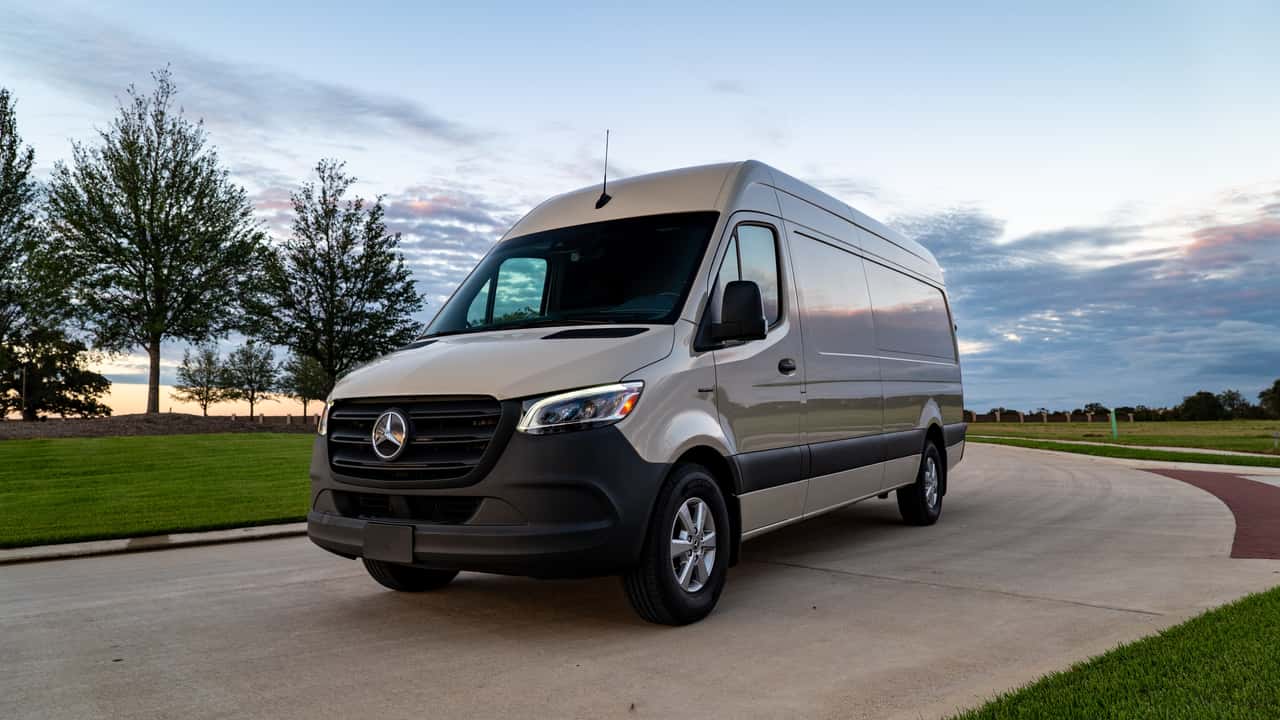
1. Mercedes-Benz Sprinter
The Mercedes-Benz Sprinter has become a legend in the camper world, and for good reason. Available in multiple lengths and roof heights, the Sprinter offers an incredible blank canvas for camper conversions.
Whether you’re a solo traveler looking for a simple bed-and-kitchenette layout or a family wanting bunk beds and a wet bath, the Sprinter can accommodate it all.
Its boxy design makes full use of interior space, and the high roof option allows most people to stand up fully inside—a crucial factor for comfort during extended trips.
Under the hood, Sprinters are powered by efficient turbo-diesel engines or newer gasoline options, offering a solid blend of power and fuel economy.
The diesel variant is especially popular among serious overlanders who want the torque and longevity associated with diesel. The availability of all-wheel drive (AWD) on certain models means it’s not just a highway cruiser—you can confidently take it on rough terrain, gravel roads, or even snowy conditions without stress.
One of the most compelling aspects of the Sprinter is its huge aftermarket and community support. Whether you’re looking for DIY conversion kits, pop-top roofs, or ready-made camper builds from companies like Winnebago or Airstream, there’s no shortage of options.
Plus, with the rise of the #VanLife movement, there’s an abundance of inspiration, tutorials, and hacks online. It’s not just a van—it’s a lifestyle vehicle with proven camper cred.
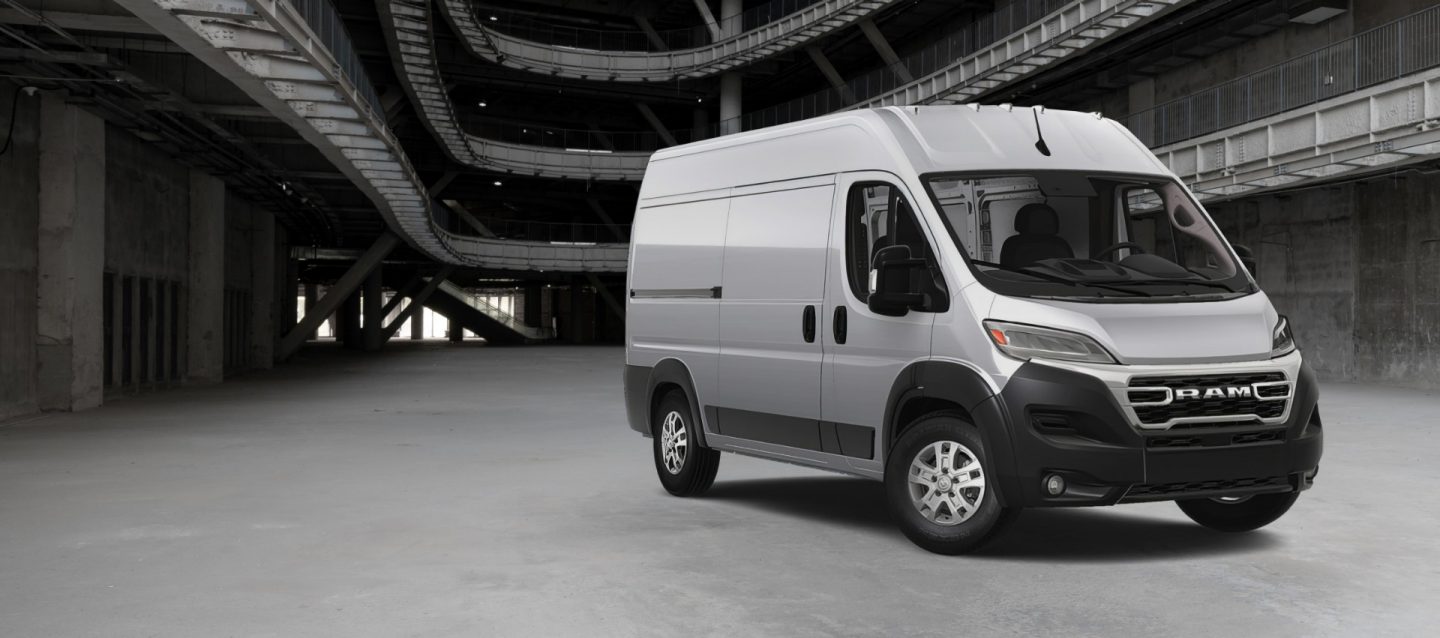
2. Ram ProMaster
The Ram ProMaster is a favorite among DIY camper enthusiasts for its cost-effective base, simple layout, and front-wheel drive setup.
Unlike rear-wheel-drive vans, the ProMaster’s drivetrain allows for a lower floor height and better traction in poor weather, which translates to more usable vertical space and better driving dynamics in rain or light snow. It’s also available in several lengths and roof heights, giving van lifers plenty of options to customize the interior.
The ProMaster’s wide body and nearly 90-degree side walls make it one of the easiest vans to convert. With minimal curvature in the frame, building cabinetry, beds, and storage units is a straightforward process.
Additionally, its boxy shape maximizes usable square footage—something that matters when you’re living in a vehicle for days, weeks, or even months. Many people find that even a medium wheelbase version has more than enough space for a queen-sized bed, kitchen, and storage setup.
Another advantage of the ProMaster is its relatively low price compared to other camper-worthy vans like the Sprinter. It’s also cheaper to repair and maintain since it uses common components shared with other Dodge and Fiat models.
This affordability makes it an appealing choice for budget-conscious travelers looking to get the most bang for their buck. Whether you’re outfitting it yourself or going with a prefab conversion, the Ram ProMaster is a road-tested platform that can go the distance.

3. Toyota Sienna (Hybrid Option!)
Minivans often get overlooked in the camper conversion conversation, but the Toyota Sienna proves that great things come in smaller packages. With the latest models offering a fuel-efficient hybrid powertrain, you can expect over 35 miles per gallon on the highway—an absolute game-changer for long road trips.
That’s nearly double the fuel economy of full-size vans, making it a great choice for those who plan to cover thousands of miles without breaking the bank on gas.
Inside, the Sienna is surprisingly spacious. The rear seats fold flat or can be removed entirely, giving you a decent amount of room for a platform bed, some storage bins, and even a compact kitchenette setup.
For solo travelers or couples, this setup is more than enough for weekend escapes or cross-country journeys. It also includes rear climate controls and USB ports, which can be very useful when setting up camp or powering devices.
What really sets the Sienna apart is its stealth. If you’re the type of traveler who enjoys urban stealth camping or boondocking in more populated areas, the Sienna blends right in. Unlike a large camper van, it won’t attract attention or trigger “no overnight parking” rules in many locations.
With Toyota’s legendary reliability and hybrid efficiency, the Sienna offers a low-maintenance, high-comfort option for road trippers who value convenience and subtlety.
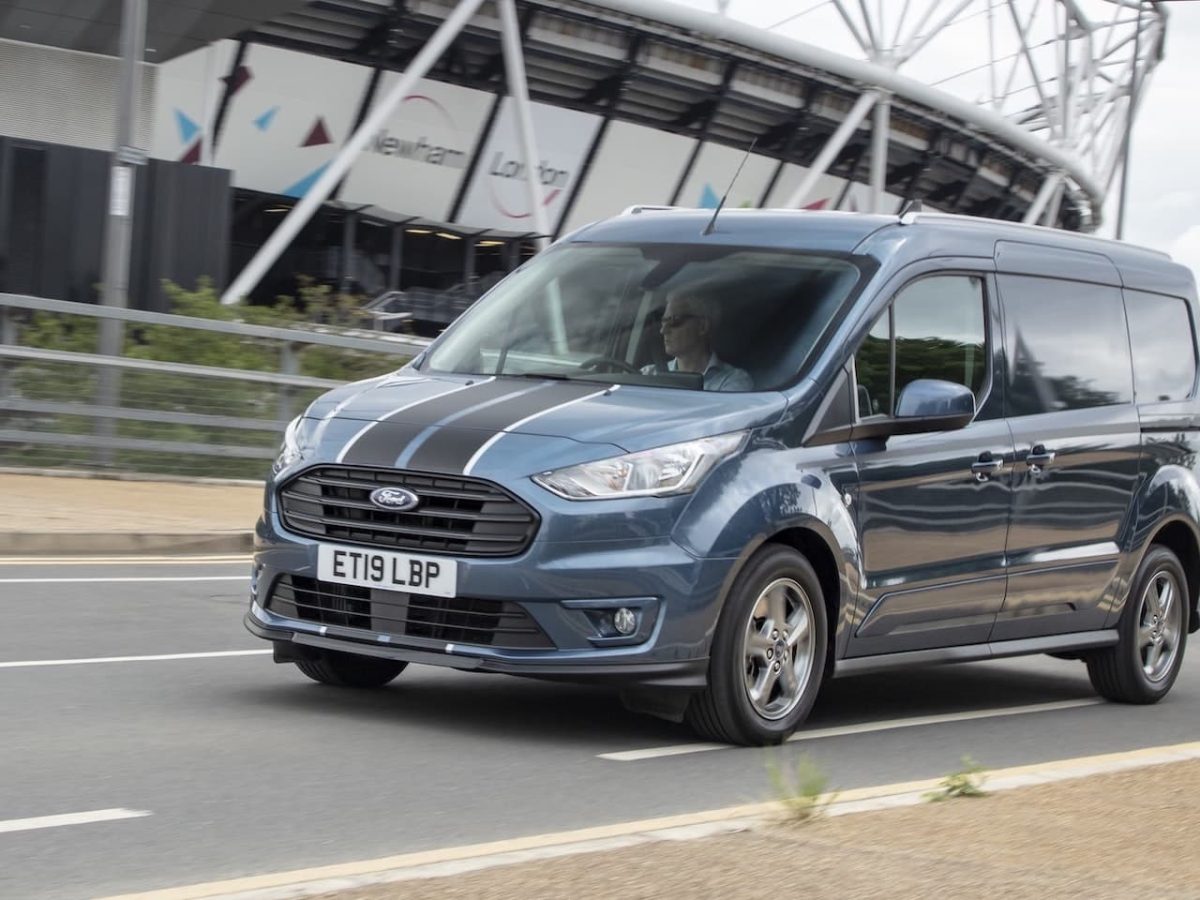
4. Ford Transit
The Ford Transit is another top contender in the camper van arena, praised for its versatility, powertrain options, and driver-friendly features.
Available in regular, long, and extended lengths with low, medium, and high roof configurations, it provides nearly endless possibilities for camper customization. Whether you’re looking for a compact weekend rig or a full-time rolling home, the Transit can handle it all.
One standout feature of the Ford Transit is its handling. Compared to some larger vans, the Transit drives more like a car or SUV.
The suspension is smooth, the cabin is quiet, and the driver assistance tech (like lane-keeping assist and adaptive cruise control) makes long drives much easier and safer.
It’s also available with AWD, making it a dependable choice for those who plan to explore national parks, mountain passes, or remote areas where the pavement ends.
In terms of conversion potential, the Transit shines with a strong aftermarket community and many professional conversion companies offering tailored builds. From solar power to composting toilets, anything you can dream up can be added to a Transit.
Plus, Ford’s expansive service network means that no matter where you are in the U.S. or Canada, help is never far away. All in all, the Ford Transit is a modern, flexible, and capable camper base.
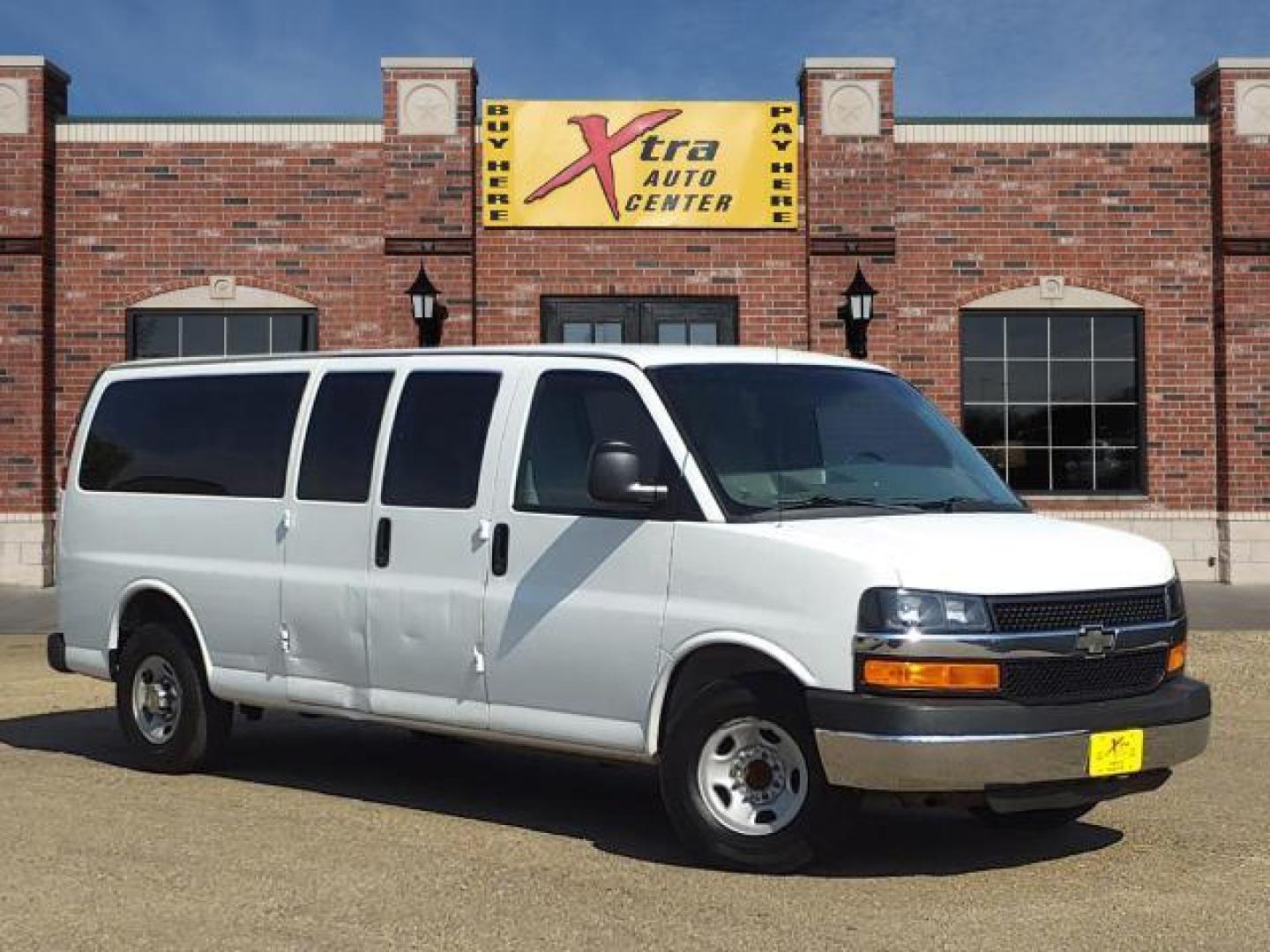
5. Chevrolet Express
While the Chevrolet Express might seem a bit dated compared to newer European-style vans, it’s a rock-solid platform for a reliable, no-frills camper.
Available in both standard and extended lengths, it offers plenty of cargo space and a sturdy body-on-frame design that can handle heavy gear, rugged roads, and years of use. For travelers who prefer simplicity and durability over sleek styling, the Express is a sleeper pick.
Mechanically, the Express is extremely dependable. Its V8 engines are powerful, easy to service, and widely used across GM’s vehicle lineup, which means parts and mechanics are never hard to find.
It may not have the tech features or stylish appeal of a Sprinter, but what it lacks in glamor, it makes up for in consistency. It’s also a favorite for budget-minded vanlifers who want to avoid paying a premium for newer models.
The Chevrolet Express works well for basic camper conversions. Add a bed platform, some insulation, and a few portable amenities, and you’ve got a great rig for weekend trips or extended travel. It might not turn heads at a national park, but it will get you there, keep you safe, and roll on for years with minimal fuss.
Vehicles That Can Ruin a Road Trip
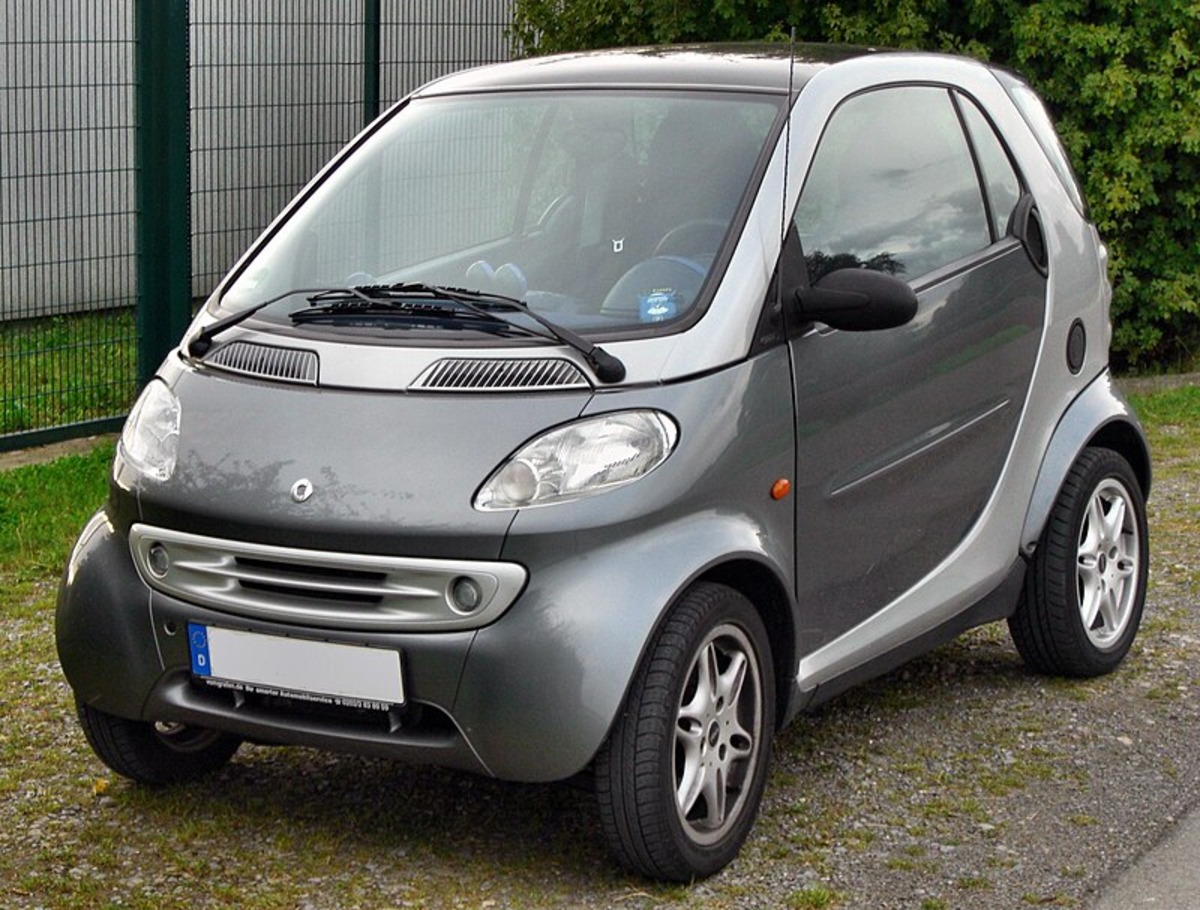
1. Smart Fortwo
The Smart Fortwo might win points for parking and fuel economy, but it’s perhaps the worst possible vehicle for a road trip, especially if you’re thinking about camping. With only two seats and barely any cargo space, this microcar offers no room to sleep, store gear, or even stretch your legs.
It’s a city commuter through and through, and taking it on the open road can feel more like an endurance test than an adventure.
One of the biggest drawbacks of the Fortwo is its handling on highways. While it’s zippy in city traffic, it struggles to maintain speed on inclines, gets blown around by wind or passing trucks, and has a harsh, bouncy ride.
Long drives in this car often end with sore backs and frayed nerves, especially when dealing with aggressive traffic or crosswinds. And forget about bringing your camping gear—there’s barely room for a backpack.
The lack of creature comforts is also a problem. The Smart Fortwo isn’t designed for comfort over distance. With limited seat adjustments, a tight cabin, and minimal climate control features, even a three-hour drive can feel exhausting.
It’s a cute little car with a very specific purpose, but hitting the road in one for a multi-day trip is a gamble few would enjoy.
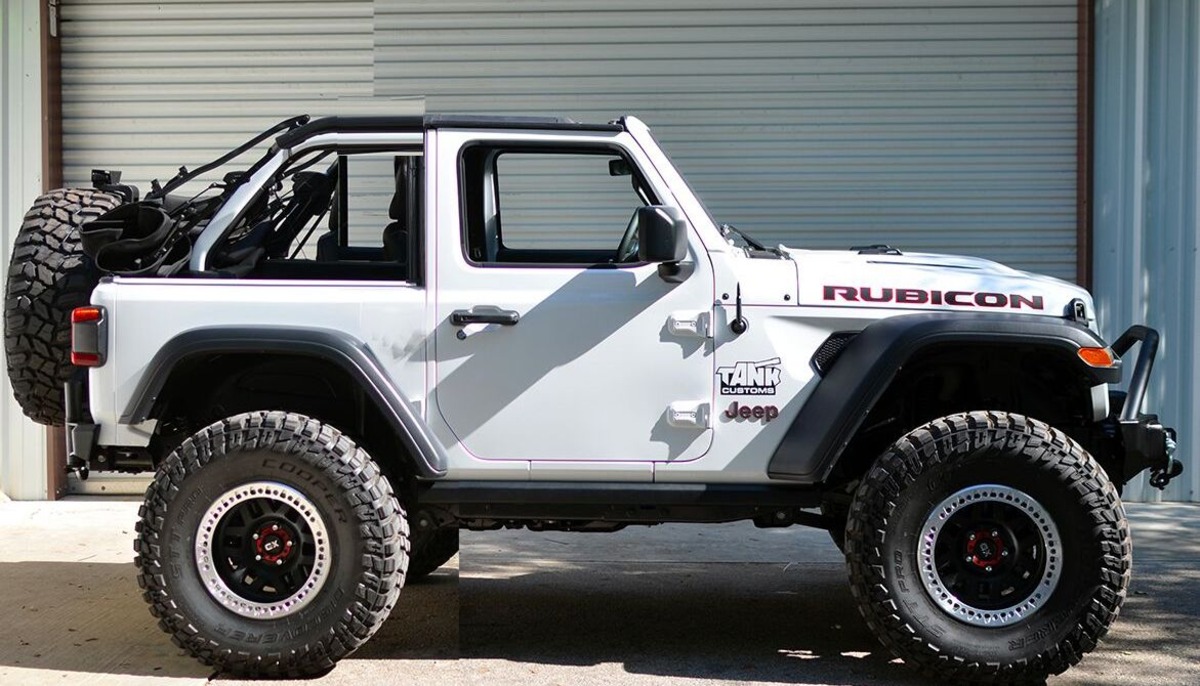
2. Jeep Wrangler 2-Door
The Jeep Wrangler 2-Door might scream “adventure” on the surface, but it’s not the best pick for road trips, especially those involving camping.
While its off-road abilities are legendary, the 2-door model seriously lacks cargo space, rear seat comfort, and interior room for overnight stays. It’s great for weekend off-roading or hitting a mountain trail, but for long-haul road trips, it becomes more of a liability than an asset.
One major pain point is ride comfort. The short wheelbase and rugged suspension, designed for crawling over rocks, translate into a choppy and noisy ride on paved roads.
Add to that the lack of insulation and wind noise at highway speeds, and you’re looking at a tiring, less-than-peaceful journey. It’s not uncommon for Wrangler owners to add soundproofing or seat upgrades, but these still can’t make up for the overall lack of long-distance comfort.
Camping in a 2-door Wrangler? Possible—but cramped. With the rear seats folded down, you might squeeze in a small mattress if you’re under 6 feet tall, but that leaves no room for gear.
Even with a rooftop tent or trailer, the lack of interior storage and sleeping space can quickly become frustrating. It’s a vehicle built for adventure, but not for relaxing afterward.
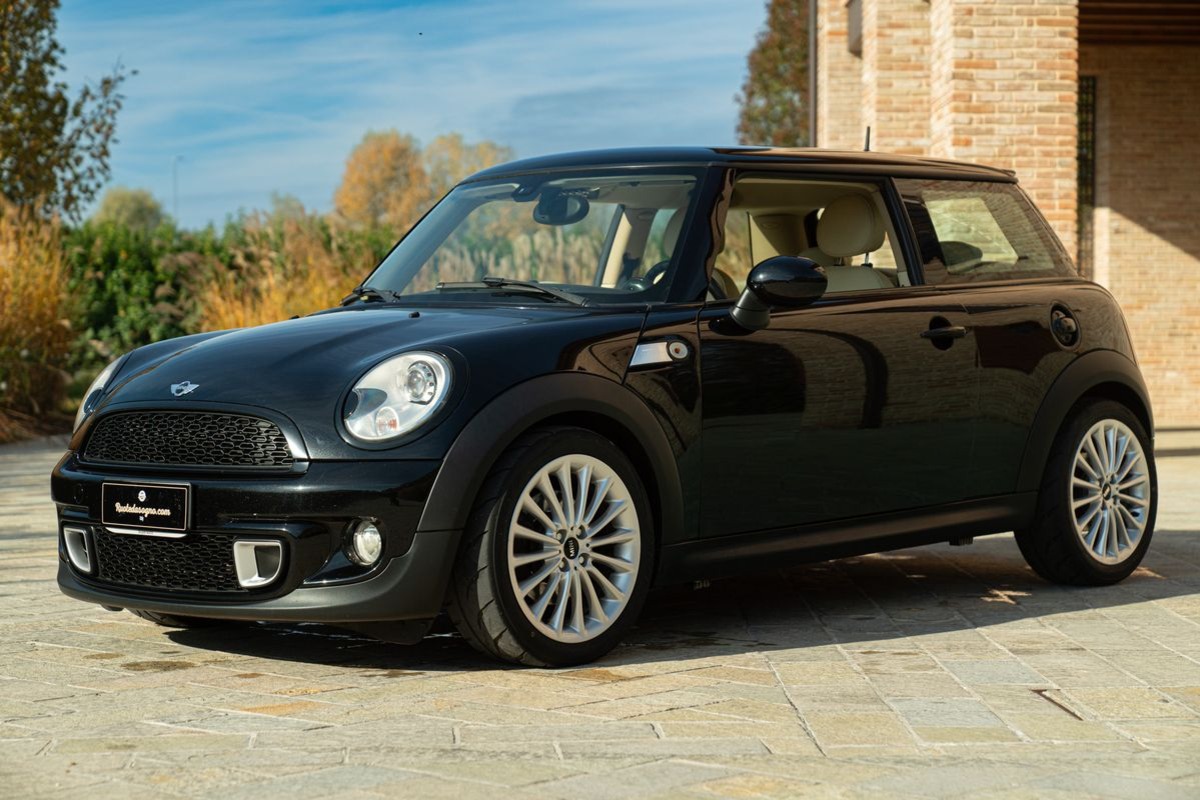
3. Mini Cooper
The Mini Cooper may be iconic, fun to drive, and great on fuel, but when it comes to road trips, especially those with camping in mind, it falls short.
It’s best suited for city hopping or short drives through scenic routes, not for hauling gear or catching Zs in the backseat. Its charm wears thin quickly once you’re more than a few hours from home.
Space is the Mini Cooper’s biggest limitation. While it technically seats four, rear seat space is extremely tight, and the trunk can barely hold a weekend bag, let alone a tent, cooler, or sleeping pad.
Trying to do any sort of “car camping” in a Mini Cooper involves creative (and usually uncomfortable) contortions—or the necessity of an extra trailer or rooftop setup.
Add to that a stiff ride, low clearance, and a cabin that’s more about design than practicality, and you’ve got a car that looks cool in Instagram photos but doesn’t deliver when the real adventure begins.
If your road trip is light, quick, and hotel-based, a Mini Cooper could work. But if you’re sleeping under the stars and chasing dirt roads, steer clear.
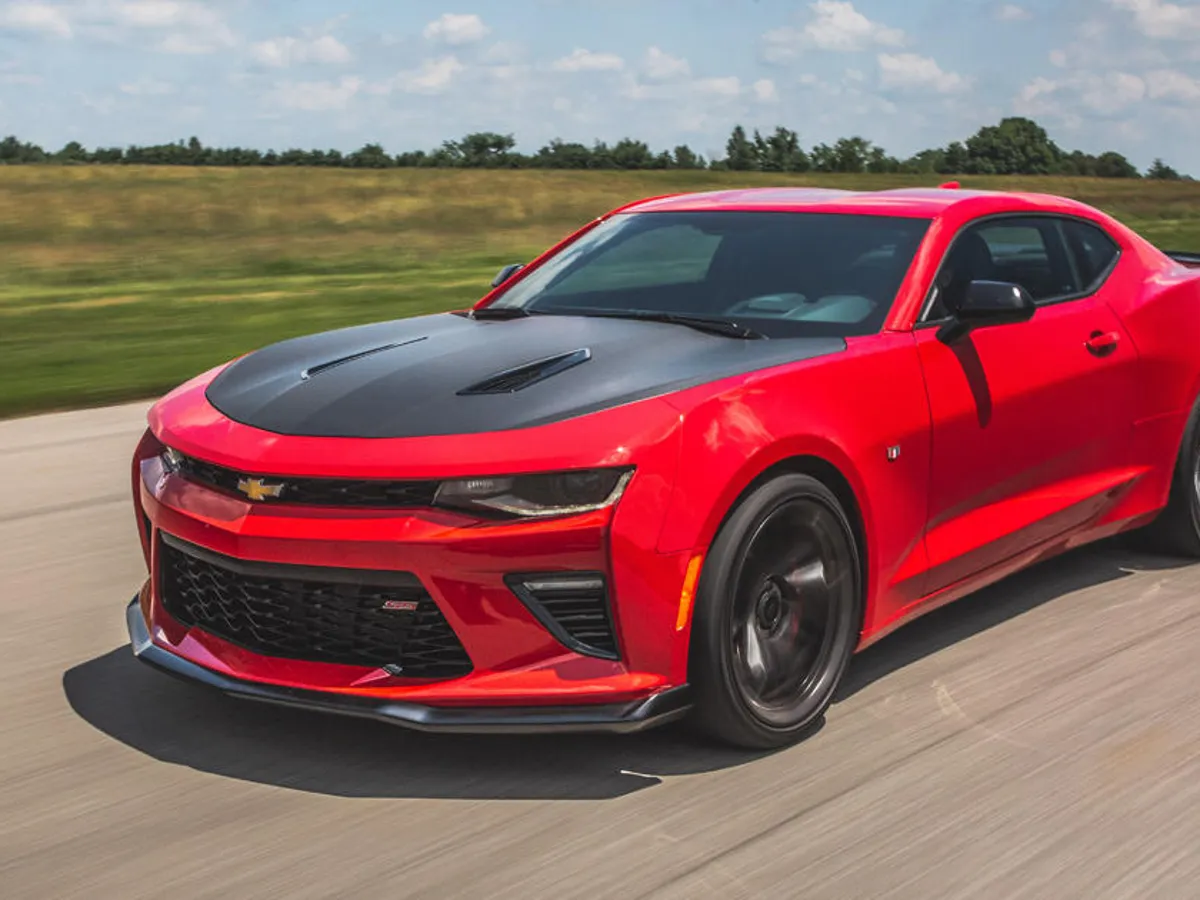
4. Chevrolet Camaro
There’s no denying that the Chevrolet Camaro is a head-turner with serious power under the hood. But unless your idea of a road trip is racing from one city to the next with a duffel bag in the trunk, the Camaro is a rough choice.
Its low-slung seats, cramped interior, and tiny trunk make it extremely impractical for long-distance travel—let alone camping.
For starters, the Camaro’s trunk opening is oddly shaped and shallow, making it tough to load anything larger than a carry-on suitcase. The back seats? Basically decorative. Even smaller adults will struggle to sit comfortably for more than a few minutes.
Sleeping in the car is laughably out of the question unless you enjoy curling up like a pretzel. The visibility is also notoriously bad, making it a stressor on unfamiliar roads.
Driving a Camaro on long highway stretches might sound fun—until you realize how loud the cabin is, how thirsty the engine gets, and how exhausted you’ll be after a few hours of vibrating muscle car seats.
It’s a fantastic car for day trips and flexing at the gas station, but when it comes to extended road journeys and the laid-back vibe of camping, the Camaro just doesn’t cut it.
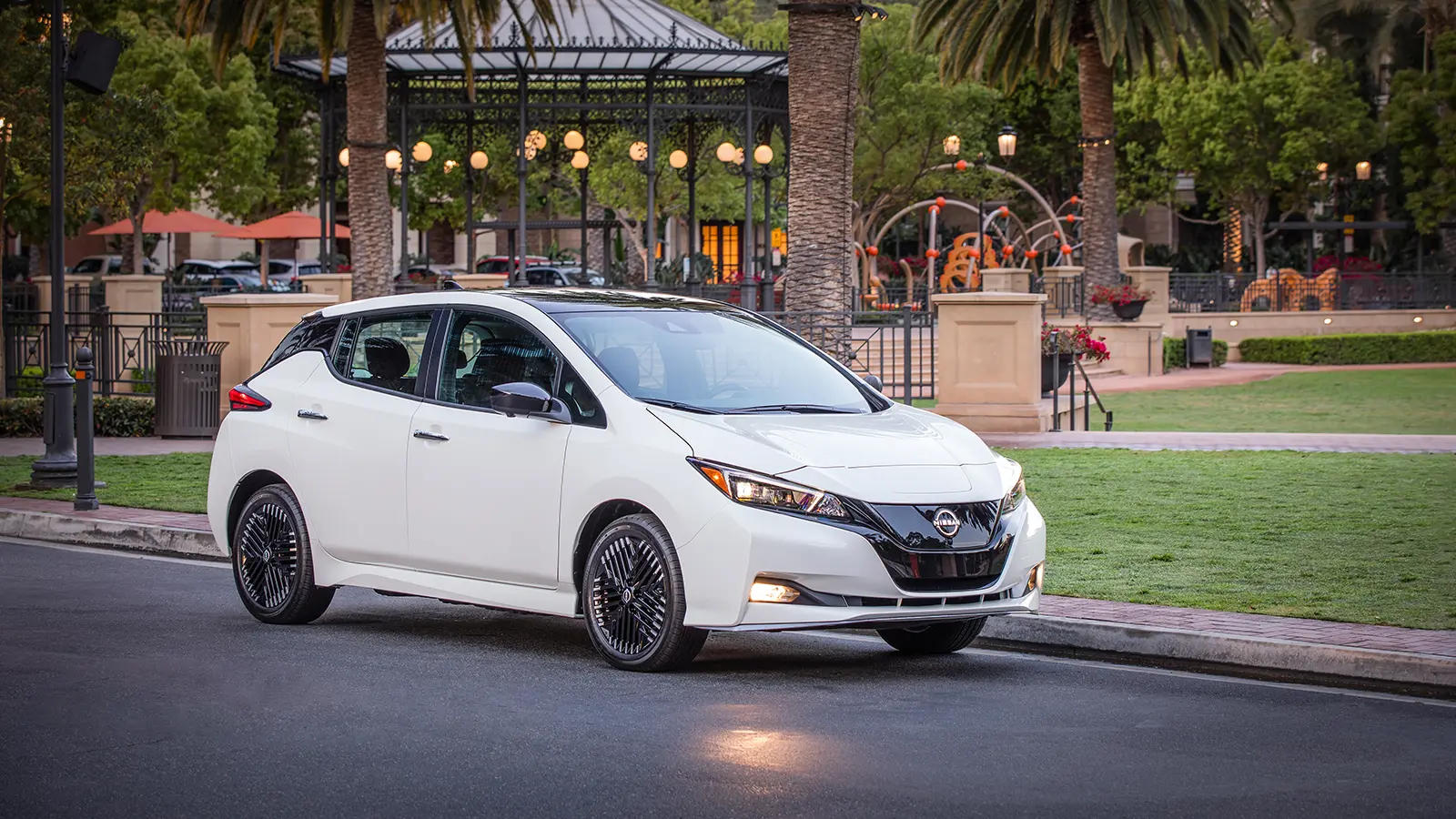
5. Nissan Leaf (Early Models)
Electric vehicles are gaining popularity for road trips, but not all EVs are built for the task, especially early-generation Nissan Leafs.
While newer versions have improved range and charging capability, older Leafs (2011–2017 models) offer limited battery life, slower charging speeds, and minimal cargo space, making them a poor choice for long road trips and camping adventures.
The early Leaf models cap out at around 70–90 miles of range in real-world conditions. That might be fine for city commuting, but on a road trip, this means constantly stopping to recharge.
Public chargers aren’t always conveniently located in rural or remote areas, and waiting for a full charge can eat up hours of your travel day. This severely limits how far you can explore, especially off-grid.
On the interior, the Leaf isn’t particularly camper-friendly. While you can fold the seats down and create a flat area to lie down, the space is tight.
Factor in the need for battery conservation, limited onboard power outlets, and the anxiety of finding a charger in the middle of nowhere, and it becomes a stressful way to travel. EVs are the future, but if you’re road-tripping or camping now, the early Leaf isn’t your friend.
Also Read: 10 Best and 10 Worst Cars for Cold Climates & Harsh Climate
Choosing the right vehicle for a road trip—especially one involving camping—can make all the difference between an unforgettable adventure and a total headache.
Vans like the Mercedes-Benz Sprinter, Ram ProMaster, and Ford Transit are proven champs when it comes to spacious, customizable camper builds.
Meanwhile, options like the Toyota Sienna and Chevrolet Express offer alternative approaches that balance efficiency and utility.
On the flip side, cars like the Smart Fortwo, Mini Cooper, and Jeep Wrangler 2-Door are better suited for city commutes or weekend jaunts than serious road trips. While they may be fun or fuel-efficient, they lack the space, comfort, or practicality needed for a real road warrior lifestyle.
Ultimately, the best vehicle for your journey depends on your needs, budget, and how you like to travel. But if your goal is freedom, comfort, and the ability to sleep anywhere under the stars, pick one with room to stretch your legs—and maybe even cook breakfast in the morning.

